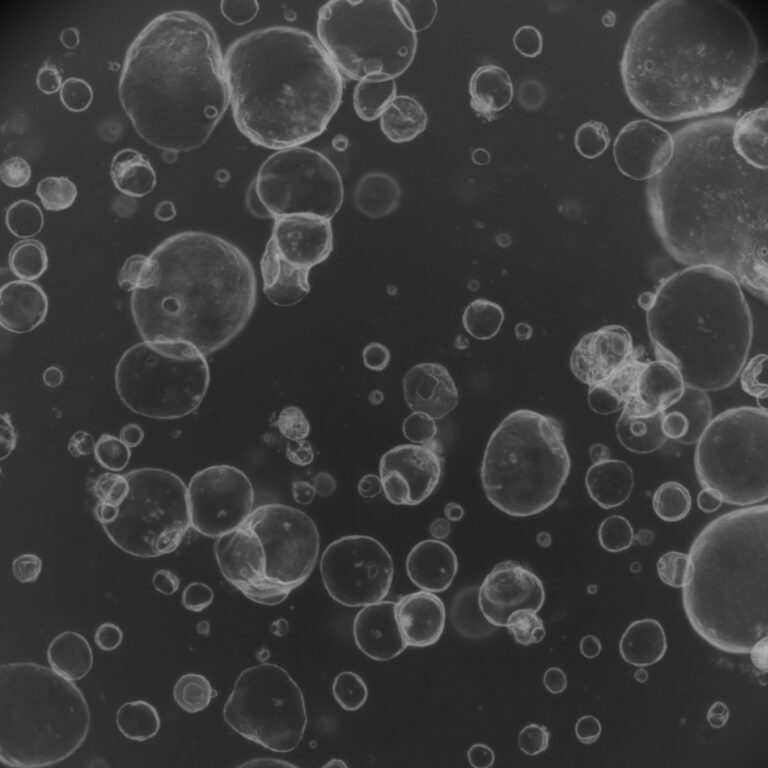DreamWorks Animation’s “Wild Robot” is garnering attention as a work that explores robot emotions and self-awareness. Based on Peter Brown’s bestselling novel, the film depicts the journey of a robot named “Roz” who crash-lands on an isolated island and learns emotions through interactions with nature and animals. Although a robot, Roz is much like a child. How different are robots in today’s media compared to those from 10 years ago?
Robots in animations from a decade ago primarily focused on functional and mechanical designs. Like Iron Man’s robot suit or Transformers, they were mainly portrayed as tools to help humans fight, emphasizing their mechanical nature rather than depicting them as beings capable of feeling emotions. They typically symbolized ‘mechanical progress’ and represented technological advancement and human roles.
In contrast, Roz in “Wild Robot” initially appears as a purely mechanical being without emotions but gradually discovers feelings and self-awareness through interactions with nature. Roz communicates with animals, learning about the meaning of life and growing through these experiences. This process marks a significant departure from the past perception of robots as mere tools centered around human needs. Roz develops into a being with self-awareness who learns emotions and forms relationships, rather than remaining a simple machine.
In “Wild Robot,” the creators sought to explore the relationship between AI, nature, and humanity. Roz’s journey of learning emotions and understanding itself raises important questions about how machines and humans can coexist, and what kind of relationships emotional machines can form with humans. This carries a message that reflects on how human life and technology interact, beyond mere technological advancement.
Recent media featuring AI and robots actively discuss robots’ emotions, self-awareness, and ethical issues. Works like “Black Mirror” portray AI as beings capable of feeling emotions and having self-awareness, presenting scenes where machine rights and ethical controversies arise. Similarly, “Wild Robot” raises questions about whether machines can have emotions and how their existence might impact human life.
The reason characters like Roz appear in “Wild Robot” is that we are increasingly envisioning a future where AI and robot technology will deeply influence human life. Technological development is moving beyond mere functionality towards exploring emotions and self-awareness. Roz’s story of learning emotions and growing through interactions with nature and animals parallels our own contemplation of how we can coexist with technology.
The possibilities are endless for robots to develop beyond simple tools into beings that can hold deeper meaning within the relationship between humans and nature. Just as they have evolved while considering harmony with humans, this trend will likely continue. Today’s robots imagine such a future, dreaming of harmony between technology and humanity. The scientific community, too, must envision greater harmony and development.






